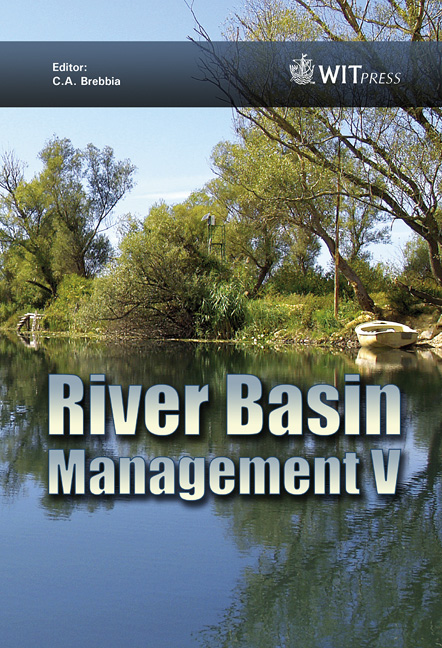Infiltration Tests At The Landsliding Of The Right Bank Of The \“Juan De Grijalva” River, Chiapas, Mexico
Price
Free (open access)
Transaction
Volume
124
Pages
10
Page Range
329 - 338
Published
2009
Size
1878 kb
Paper DOI
10.2495/RM090301
Copyright
WIT Press
Author(s)
J. D. Martínez-Nájera, C. Sánchez-Linares, V. Mata-Villavicencio, S. González-Ramírez, F. Gama-Martínez & I. Moreno-Valle
Abstract
Infiltration of water and of leached substances through the capillary zone depends on the physical and structural characteristics of the ground and subsoil as well as on the intensity and duration of the rainfall or irrigation, vegetal cover, terrain slope, drainage pattern, etc. Infiltration models can be classified in three categories: semi-empirical, of Green-Ampt and of Richards’ type. The results of infiltration models become the input of other flow and transport models, and of hydrologic balances in basins. Field works were carried out to quantify the rates of infiltration by means of Porchet’s tests, and analyzed in the context of the semi-empirical method of Horton, in the sliding zone of the right bank of Juan de Grijalva River, between the hydroelectric dams of Malpaso and Peñitas, Chiapas, Mexico. The results indicate that the area known as Zona de Relictos maintains the highest average values of infiltration, and it is followed by units UI, U-II and U-III. Realized tests fall within the scope of the hydrologic studies and engineering works that Comisión Federal de Electricidad is performing in the site to guarantee the stability of the sliding zone, by draining the groundwater flow and channeling the runoff after rainfall events. Keywords: infiltration tests and models, rainfall, runoff.
Keywords
infiltration tests and models, rainfall, runoff





